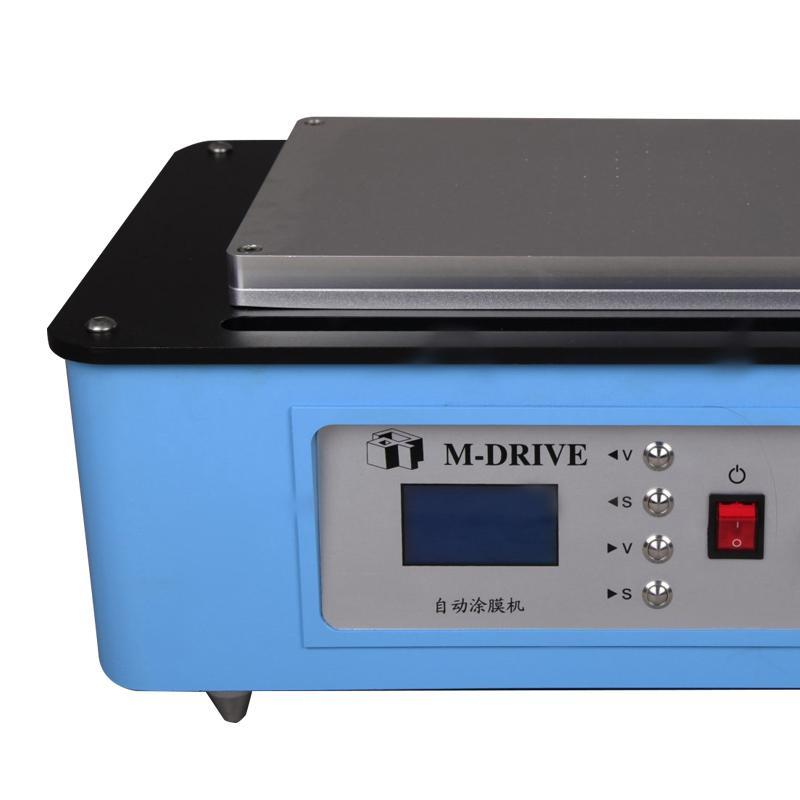Mechanism, action and selection of anti-flaring agent
introduction
In the world of coatings, uniformity and aesthetics are crucial factors. However, the appearance of irregular streaks or honeycomb patterns on the coating, a phenomenon known as “flaring”, can have a great impact on the appearance and performance of the coating. In order to solve this problem, the coating industry has introduced anti-flaring agents, which can effectively prevent and reduce the phenomenon of flaring, and bring uniform and beautiful performance to the coating. The root cause of the flaring phenomenon is the uneven size and density of pigment particles in the paint, and the paint based eddy current formed in the process of solvent volatilization. This vortex causes the pigment to separate, eventually forming an uneven film that appears striped or honeycombed. In order to deal with this problem, anti-flashover agents play a key role through the mechanism of colloidal thixotropic agents, reducing the surface tension of the film and dispersing additives. This paper will deeply discuss the root cause of flaring phenomenon, the mechanism of anti-flaring agents and their key role in the coating industry.
Mechanism, action and selection of anti-flaring agent
Mechanism of anti-flaring agent
1. Colloidal thixotropic agent: Colloidal thixotropic agent gives the paint base a certain thixotropic property, making it more viscous when it is pressed, thereby reducing the separation and uneven distribution of pigments in the paint film and preventing flowers.
2. Reduce the surface tension of the coating film: anti-flaring agents that reduce the surface tension of the coating film make it easier for the pigment to be evenly dispersed in the coating, reducing the possibility of flaring.
3. Dispersion additives: Dispersion additives help the pigment to better disperse in the paint, avoid pigment deposition or separation, thus reducing the occurrence of flowers.
4. Leveling agent: Leveling agent by improving the leveling of the paint, make the film more uniform, reduce the possibility of flower.
5. Thixotropic viscosifier: Thixotropic viscosifier gives the paint thixotropic properties, reducing the separation and drift of the pigment, thereby reducing the hair.
6. Wetting dispersants: including natural polymers and synthetic polymers, wetting dispersants help pigments better disperse in the paint, prevent pigment aggregation and flower.
Mechanism, action and selection of anti-flaring agent

Selection considerations of anti-flaring agents
There are several factors to consider when selecting an anti-flare-up agent to ensure its effectiveness and suitability:
1. Compatibility: Compatible with coating ingredients to ensure that there will be no adverse reactions during mixing and construction.
2. Effect durability: It is durable to ensure that the coating remains flat for a long time, and there will be no flower problems.
3. Construction convenience: easy to add and mix, without increasing the complexity of construction.
4. Non-toxic: non-toxic or low toxic, to ensure that the construction process is not harmful to human health.
5. Economy: It has a reasonable price to ensure the economy of paint construction.
Mechanism, action and selection of anti-flaring agent
The key role of anti-flaring agents
Anti-flaring agents play a key role in the coating industry, ensuring that the appearance and performance of the coating meet the expected standards. Through continuous improvement and innovation, we can expect to see the emergence of more efficient and environmentally friendly anti-flower agents, providing more possibilities and options for coatings in a variety of applications. These “pattern magicians” will continue to play an irreplaceable role in the field of coatings, providing a higher level of solutions for decoration and protection. The beauty of fluency is the unique magic power that the anti-hair flower agent gives to the paint.
